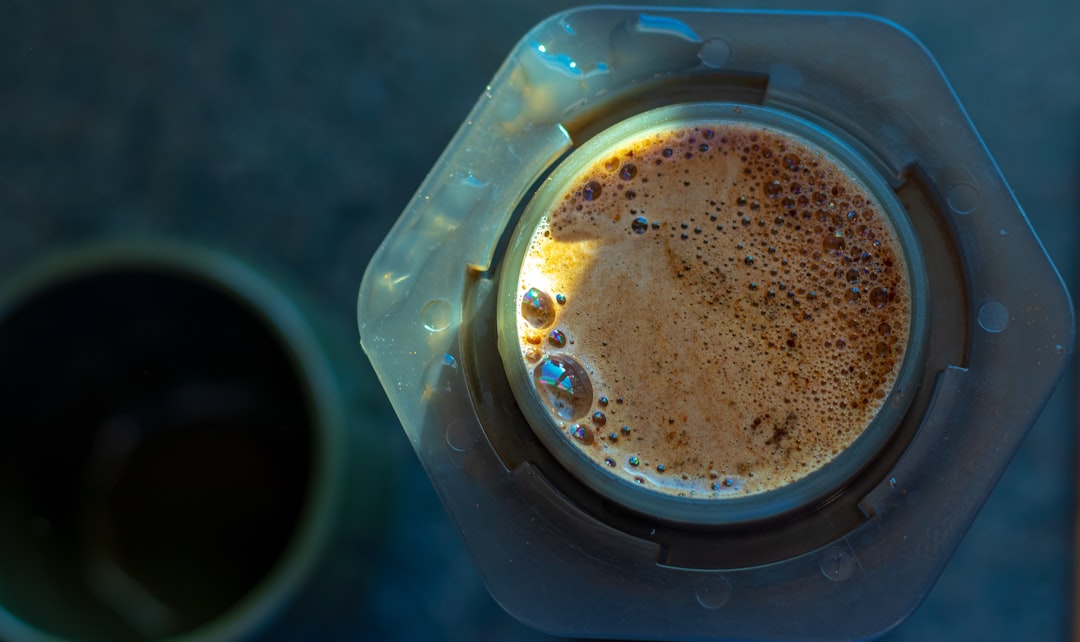Making the Best Cup of Coffee (Part 3)

Previous: Making the Best Cup of Coffee (Part 1)
Previous: Making the Best Cup of Coffee (Part 2)
Welcome to the final part of my three-part series on brewing the best cup of coffee. In the previous installments, I discussed coffee selection, grinding, and some of the hardware you’ll need. This part will largely cover the p…
Keep reading with a 7-day free trial
Subscribe to The Margolis Manifesto to keep reading this post and get 7 days of free access to the full post archives.


